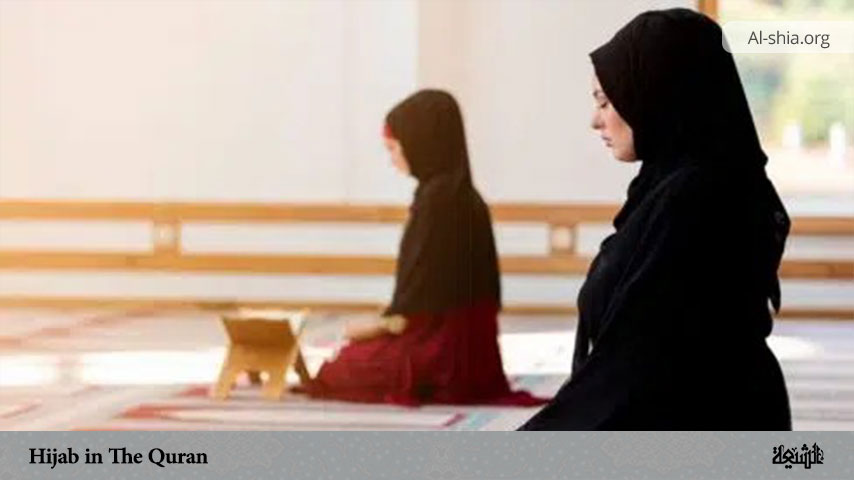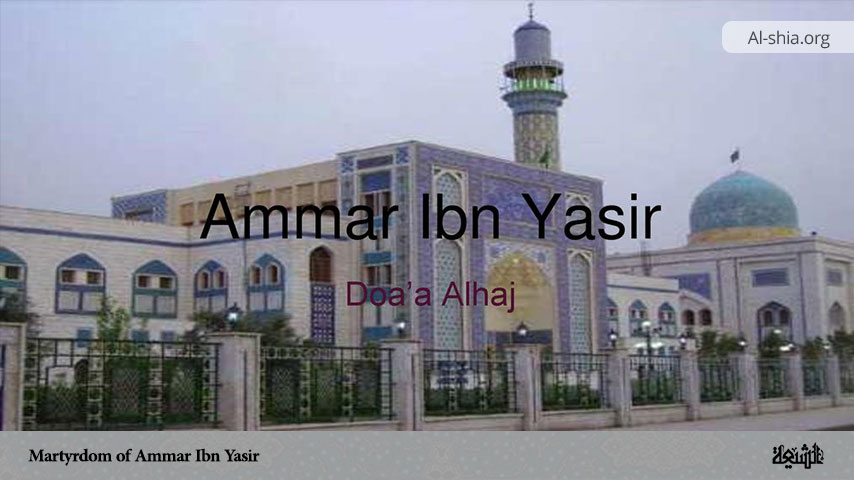Hijab today is one of the important Islamic Issues and controversial matters among supporters and oppositions. The significant matter summons supporters to find its witnesses in authentic Islamic sources.
As the Quran is the most authentic Islamic source, the present article is going to present some of the Quranic verses to prove that the Hijab’s roots in the Quran and the Divine Book order Muslim Women to cover Islamic Hijab. Besides the matter of the Hijab, some of the related issues are discussed as well.
WHAT TYPE OF DRESS IS PRESCRIBED FOR WOMEN?
Women have been identified in the Qur’an as a “zeenah” adornment and beauty for all mankind.
“To mankind has been made to seem decorous the love of[ worldly ]desires, including women and children, accumulated piles of gold and silver, horses of mark, livestock, and farms. Those are the wares of the life of this world, but Allah with Him is a good destination” (3:14).
Since women are termed as adornment or attraction (zeenah), they are required to cover certain parts of their bodies. It should be noted that a woman being an adornment for mankind is quite evident all over the world in all societies.
The media is one example where she is quite abundantly promoted and made as an attraction in place of men. Now since women are an open attraction to mankind because of their bodily features, she is required to cover some parts of themselves in public. Thus, let us see what the Qur’an identifies in this regard.
INGREDIENTS OF WOMEN DRESS IN PUBLIC
The areas of the body which are to be covered by women in public are mentioned in (24:31) Almighty Allah informs us through His messenger (PBUH):
“And tell the faithful women to cast down their looks and to guard their private parts, and not to display their charms, except for what is outward, and let them draw their scarfs over their bosoms, and not display their charms except to their husbands, or their fathers, or their husband’s fathers, or their sons, or their husband’s sons, or their brothers, or their brothers” sons, or their sisters” sons, or their women, or their slave girls, or male dependants lacking[sexual] desire, or children uninitiated to women’s parts. And let them not thump their feet to make known their hidden ornaments. Rally to Allah in repentance, O faithful, so that you may be felicitous” (24:31).
From the above verse the following points are derived:
1. Women have two types of (beauty and adornment)
(a) What is already apparent from their adornment and beauty?
(b) And which is hidden from their adornment.
2. She is to cover her whole self publicly except those areas which are apparent from her adornment. These areas are the exposed areas which if covered will restrict daily work and have to be uncovered for performing ablution. (5:6).
The other type of adornment of a woman identified in the above verse is that which is hidden from their adornment. This type of adornment is the one that becomes apparent when a woman strikes her feet or walks.
Allah has ordered that this type of adornment must be covered at all times. Thus the dress should be loose enough so as not to reveal the shape and features of the body which get obvious when the woman strikes her feet or walks.
3. They are to place their covers or shrouds over their bosoms (33:59) they are also ordered to bring over their overgarments while going in public:
“O Prophet! Tell your wives and your daughters and the women of the faithful to draw closely over themselves their “Jilbaab”(chadors) [when going out]. That makes it likely for them to be recognized and not be troubled, and Allah is all-forgiving, all-merciful” (33:59)
In public, she is to take “Jilbaab” or over garment over herself according to the above verse.
4. With her bosoms covered well, and dress loose enough so as not to reveal her hidden adornment, she is to maintain this type of dress in public in front of all relations. The only exceptions are:
- Husband
- Fathers (Includes Grandparents as well).
- The Fathers of their husbands.
- Their sons.
- The sons of their husbands.
- Their brothers.
- Their brother’s sons.
- Their sister’s sons.
- Other women.
- Their slave girls.
- Male dependants lacking [sexual] desire.
- Small children who are not aware of women’s nakedness.
HOW ARE BELIEVING WOMEN TO BEHAVE WITH UNRELATED MEN?
In talking with unrelated men or strangers the believing women are informed about the type of behaviour they should maintain. Allah informs us through the Nabi:
“O wives of the Prophet! You are not like any other women: if you are wary [of Allah] then do not be complaisant in your speech, lest he in whose heart is a sickness should aspire, and speak honourable words” (33:32).
With unrelated men, a woman may engage in a conversation but it should be within the limits ordained by the divine code and should not be directed as complacent speech.
“NIQAB” NOT MANDATORY
While identifying the parts of a woman’s body which should be covered, the Qur’an also gives us evidence to refute the claim of those who associate the “Niqab” (Veils, face covers) as an ingredient of a women’s dress code ordained by Allah.
WHAT ABOUT “HIJAB”?
The term ‘Hijab’ has become synonymous these days with a specific dress pattern of women, which is considered as an Islamic dress by many.
However, the Qur’an does not use this word to denote any kind of dress pattern for women. The Arabic word ‘Hijab’ comes from the root word <Hajaba> (H-J-B) and it carries the meaning of:
A screen, Curtain, To hide, To conceal, Block from view, Wrap, Mask, To make inaccessible etc.
In the Qur’an this word has occurred only in the following verses in its root or derivative form: 7:46, 33:53, 38:32, 41:5, 42:51, 17:45, 19:17, 83:15
This word has occurred in the Qur’an in the above verses only, and in none of the verses does it refer to any specific garment or dress for women or refer to any dress pattern for women.


















